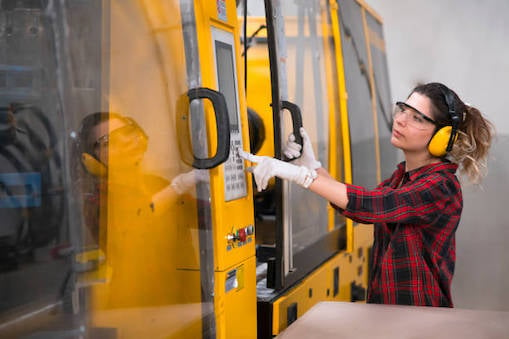Plastic Injection vs. Traditional Molding: Which is More Cost-Effective?
When it comes to manufacturing plastic products, companies often face the decision between plastic injection molding and traditional molding methods. Both techniques have their advantages and disadvantages, but one important factor that businesses consider is cost-effectiveness. In this article, we will explore the various aspects of plastic injection molding and traditional molding to determine which method offers a more cost-effective solution.
1. Initial Tooling Costs
One of the primary considerations in determining the cost-effectiveness of plastic injection molding versus traditional molding is the initial tooling costs. Plastic injection molding requires the creation of a mold, which can be a significant investment. On the other hand, traditional molding methods usually involve less complex tooling, resulting in lower initial costs.
2. Production Efficiency
When it comes to production efficiency, plastic injection molding holds a clear advantage. This method allows for high-volume production with minimal waste. The automated nature of plastic injection molding enables faster cycle times and reduces the need for manual labor. Traditional molding methods, on the other hand, may require more time and labor, resulting in higher production costs.
3. Material Selection
Another crucial aspect to consider is material selection. Plastic injection molding offers a wide range of material options, including thermoplastics, thermosetting polymers, and elastomers. This versatility allows manufacturers to choose materials that best suit their product requirements, whether it is for strength, flexibility, or specific properties. Traditional molding methods, however, may have limitations in terms of material selection, which can impact the overall cost-effectiveness.
4. Design Flexibility
When it comes to design flexibility, plastic injection molding offers unparalleled possibilities. This method allows for intricate and complex designs with precise dimensions and tight tolerances. Traditional molding methods may have limitations in terms of design complexity and may require additional steps or modifications to achieve the desired result. These extra steps can add costs to the manufacturing process.
5. Maintenance and Repair
In terms of maintenance and repair, plastic injection molding may require occasional maintenance and repairs to the molds. However, these costs are generally manageable and can be factored into the overall cost-effectiveness. Traditional molding methods, on the other hand, may require more frequent maintenance and repairs, which can increase production downtime and result in higher costs.
6. Waste and Recycling
Reducing waste and promoting sustainability are important considerations for many businesses. In this aspect, plastic injection molding offers an advantage. The automated and precise nature of this method minimizes material waste during production. Additionally, many plastic materials used in injection molding can be recycled, further reducing environmental impact. Traditional molding methods may generate more waste and have limited recycling options, making them less cost-effective in terms of sustainability.
7. Scalability
Scalability is another factor to consider when determining cost-effectiveness. Plastic injection molding is highly scalable and allows for efficient production of large quantities of products. As the demand increases, the cost per unit decreases. Traditional molding methods may have limitations in terms of scalability, resulting in higher costs for larger production volumes.
8. Time to Market
Time to market is a critical consideration for businesses aiming to stay competitive. Plastic injection molding offers faster production cycles, allowing products to reach the market quickly. With traditional molding methods, the time required for tooling and setup may be longer, resulting in delayed product launches and potential revenue loss. The quicker time to market with plastic injection molding can contribute to its overall cost-effectiveness.
9. Quality and Consistency
Ensuring product quality and consistency is vital for customer satisfaction. Plastic injection molding provides excellent control over the manufacturing process, resulting in consistent and high-quality products. The automated nature of this method minimizes human error and ensures precision. Traditional molding methods may have more variability and require additional quality control measures, which can increase costs.
10. Overall Cost Analysis
Considering all the factors mentioned above, it is clear that plastic injection molding offers numerous advantages in terms of cost-effectiveness. While the initial tooling costs may be higher compared to traditional molding, the production efficiency, design flexibility, material selection, and other benefits outweigh the initial investment. Additionally, the scalability, faster time to market, and superior quality of plastic injection molding contribute to its overall cost-effectiveness.

